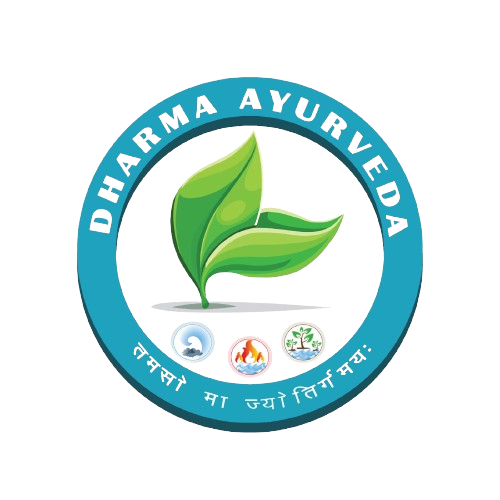Balancing Weight, Enhancing Wellness:
Natural Ayurvedic Solutions for Obesity.
Obesity
Ayurvedic treatment for obesity is based on the principles of Ayurveda, which is a traditional Indian medicine system aimed at balancing the body’s doshas: Vata, Pitta, and Kapha. According to Ayurveda, obesity mainly results from an imbalance in Kapha dosha connected to earth and water elements that support body structure and lubrication. This approach aims at returning this equilibrium by means of dietary changes, lifestyle alterations, natural medicines as well and specified therapies according to Ayurvedic practices.

Benefits of Ayurvedic Treatment for Obesity
Holistic Approach
It aims at overall well-being by addressing the root cause of obesity instead of just suppressing it with pills or surgery.
Natural Remedies
These do not have severe side effects compared to laboratory drugs, even though they have mild side effects.
Individualized Care
Individualized Care: The treatment plans are based on the patient’s unique constitution and specific imbalances.
Sustainable Results
Instead, what it does is focus on long-term lifestyle changes including healthy eating that will prevent any relapse back into obesity once one has achieved their desired size.
Symptoms

- Visible and palpable surplus fats present mainly around the belly, hips, thighs and upper arms.
- Body mass index (BMI) above 30.
- Shortness of breath or labored breathing, in particular during exercise.
- Excessive perspiration even with little exertion.
- Heavy snoring accompanied by stopping breathing momentarily during sleep episodes (obstructive sleep apnea).
- Constant feeling of fatigue along with reduced energy.
- Suffering from pain in the weight-bearing joints such as knees, hips, and lower back due to increased pressure on them.
- Moving difficulties, associated physical activities, and less stamina.
- Irregular menstrual periods among women.
- Infertility both in men & women.
- Severe depression
- Low self-esteem
- Social withdrawal
- Higher incidence of certain cancers such as breast, colorectal and uterine cancer.
- Non-alcoholic fatty liver disease (NAFLD) can also develop.
Components of Ayurvedic Obesity Treatment
- Focus on warm, dry, light foods that pacify Kapha.
- Increase the intake of fruits, vegetables, whole grains, beans/lentils.
- Avoid heavy, greasy, sugary processed food, including dairy products & red meat.
- Use spices like ginger, black pepper, turmeric cinnamon to increase metabolism & digestion.
- Warm water drinking & herbal teas for agni enhancement.
- Establish a regular daily routine with fixed timings for eating, sleeping, exercising etc.
- Regular physical activities like yoga, brisk walking, swimming, etc, help stimulate metabolic functioning.
- Engage in stress-reducing practices such as meditation, deep breathing exercises mindfulness to prevent emotional eating habits.
- Adequate sleep is essential because insufficient sleep disturbs metabolic balance, leading to an increase in Kaphao.
- Triphala: A combination of three fruits called Amalaki Bibhitaki Haritaki, has detoxifying and digestive properties.
- Guggulu (Commiphora mukul): Helps in breaking down fat and improving metabolism.
- Garlic: Assists with fat metabolism and reduces cholesterol levels.
- Punarnava (Boerhavia diffusa): It is famous as a diuretic, helping to increase the release of fluids from the body.
- Turmeric (Curcuma longa): Promotes digestion and has anti-inflammatory properties.
- Udwarthanam: This is a special massage using herbal powders without oil, which stimulates fat metabolism and improves blood circulation.
- Abhyanga: A complete body massage uses warm medicated oils to relax tightened muscles and enhance lymphatic fluid drainage from soft tissues.
- Panchakarma: It is a full detoxification program that involves Vamana (therapeutic vomiting), Virechana (purgation), Basti (enema), and Nasya (nasal administration of medications), among other things, to eliminate toxins from the body.
- Regular practice of yoga poses like Surya Namaskar (Sun Salutation), Trikonasana (Triangle Pose), and Pavanamuktasana (Wind-Relieving Pose) to stimulate metabolism and promote weight loss.
- Meditation techniques for stress reduction and mental clarity about diet choices and lifestyle changes are also helpful in making decisions.

